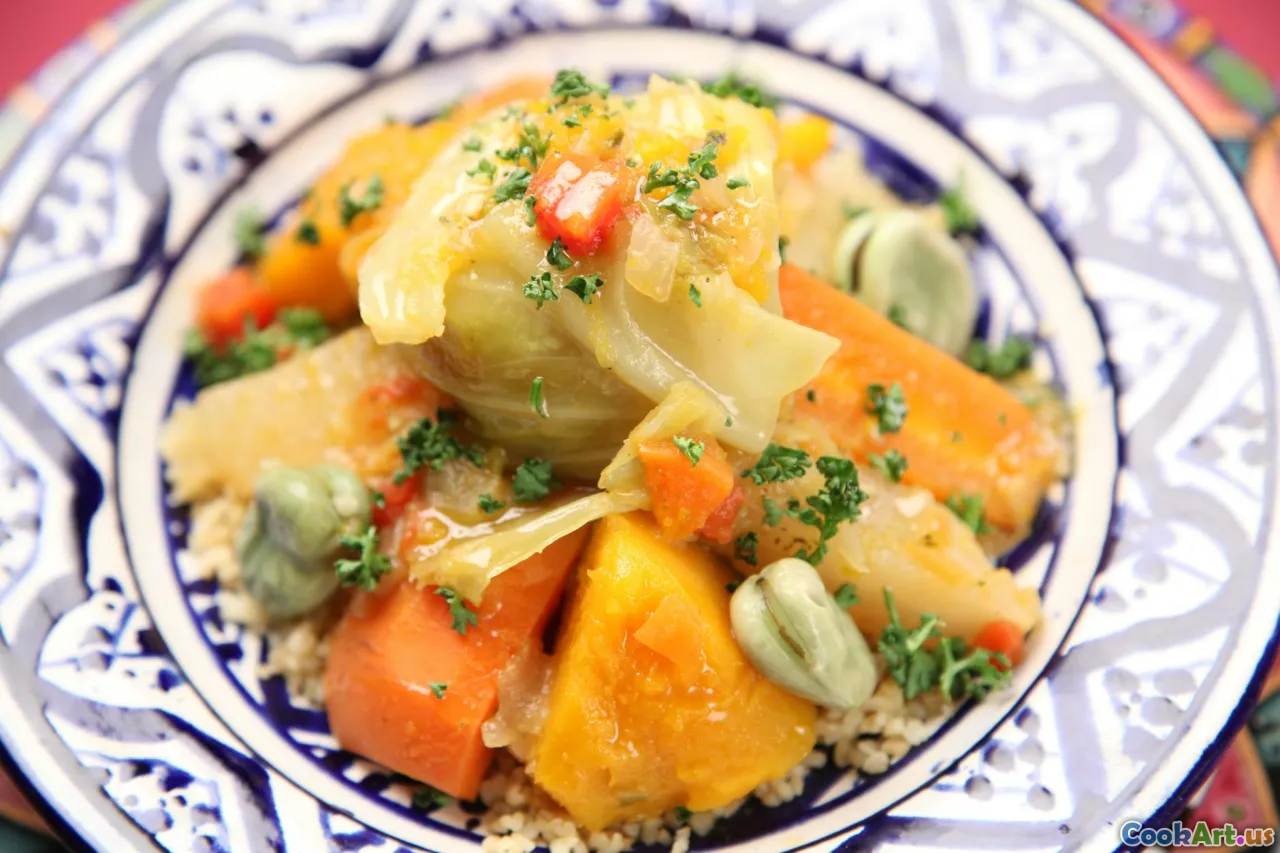Exploring the Flavors of Algerian Couscous
7 min read Discover the rich history, vibrant flavors, and cultural significance of Algerian couscous in this immersive culinary journey. April 25, 2025 08:55
Exploring the Flavors of Algerian Couscous
Imagine a steaming bowl of golden couscous, aromatic with spices, crowned with tender vegetables and succulent meats, infused with the warmth of North African sun and tradition. This is not just a dish; it’s an experience—a culinary tapestry woven through centuries of history, culture, and shared community. Algerian couscous stands as a testament to the country’s rich gastronomic heritage, offering a sensory journey that delights the palate and beckons the soul.
The Heart of Algerian Cuisine: A Cultural Odyssey
Algeria, the largest country in Africa, boasts a diverse landscape—ranging from the vast Sahara desert to lush coastal plains—and its cuisine reflects this geographical diversity. Central to Algerian culinary identity is couscous, a dish that transcends mere sustenance to embody social bonds, family traditions, and regional pride.
Historically, couscous traces its origins to the Berbers, the indigenous people of North Africa, who have cultivated wheat and millet for millennia. It was once considered a royal dish, reserved for celebrations and communal gatherings. Over time, it became accessible to all social strata, evolving into a symbol of hospitality and unity.
The Art of Making Algerian Couscous
Traditional Techniques
Preparing authentic Algerian couscous is an art form that balances patience, precision, and an intuitive sense of flavor harmony. Traditionally, it involves a couscousier, a two-tiered steaming vessel made of clay or metal, which allows the grains to puff up and absorb aromatic vapors.
The process begins with semolina wheat, which is moistened and rubbed between the palms to form small granules. These are then sifted and steamed multiple times—each steaming followed by gentle raking—to achieve a light, fluffy texture that is neither too dry nor clumpy.
Modern Twists
While traditional methods remain revered, modern kitchens often incorporate electric couscous makers or even microwave techniques for convenience, but purists argue that nothing replaces the layered flavors developed through slow steaming.
Regional Variations and Signature Flavors
Coastal Couscous
On Algeria’s Mediterranean coast, couscous dishes often feature fresh seafood—delicately seasoned with garlic, lemon, and herbs—adding a briny, vibrant twist. The use of preserved lemons and sumac lends a tangy depth that complements the natural sweetness of the seafood.
Saharan Couscous
Further inland, in desert regions, lamb and chicken are more prevalent, slow-cooked with dried fruits like apricots and raisins, and seasoned with spices such as cinnamon, cumin, and coriander. This creates a hearty, aromatic dish that reflects the resilience and resourcefulness of desert communities.
Mountain Variations
In the mountainous Kabylie region, couscous is often served with vegetables like carrots, zucchini, and chickpeas, topped with a spicy harissa sauce. The emphasis here is on fresh, local ingredients and bold, smoky flavors.
Accompaniments and Serving Traditions
The Classic Couscous Plate
A quintessential Algerian couscous presentation consists of a large platter of fluffy grains topped with tender pieces of meat—lamb, chicken, or beef—surrounded by an array of vegetables and chickpeas. The dish is often garnished with a handful of fresh herbs, like parsley and coriander.
The Ritual of Sharing
Serving couscous is a communal act, often at Sunday family gatherings or special occasions. It’s customary for the host to serve each guest, emphasizing hospitality and togetherness. The dish is usually accompanied by a side of harissa—a spicy chili paste—and a refreshing salad.
Personal Reflections and Cultural Significance
In my travels across Algeria, I have witnessed firsthand how couscous unites communities across diverse regions. I recall a village feast in the Sahara, where a large communal pot of couscous was prepared over an open fire, filling the air with the intoxicating aroma of spices and roasted meats. The act of sharing this meal fostered conversations, laughter, and a deep sense of belonging.
For Algerians, couscous is more than nourishment; it’s a vessel of tradition, a symbol of resilience, and a celebration of life itself. Its flavors tell stories of desert winds, Mediterranean breezes, and mountain peaks—all simmered into a single, harmonious dish.
Conclusion: An Invitation to Explore
Whether you’re savoring a plate in Algiers’ bustling markets or recreating the dish in your own kitchen, Algerian couscous offers an authentic taste of North Africa’s rich cultural mosaic. Its complex flavors, rooted in history and crafted with love, invite us to slow down, savor each bite, and connect with a tradition that has nourished generations.
So, next time you seek comfort or celebration, consider the humble yet profound couscous—a culinary masterpiece that embodies the soul of Algeria.
Embrace the flavors, honor the traditions, and enjoy the journey through Algerian culinary heritage.









